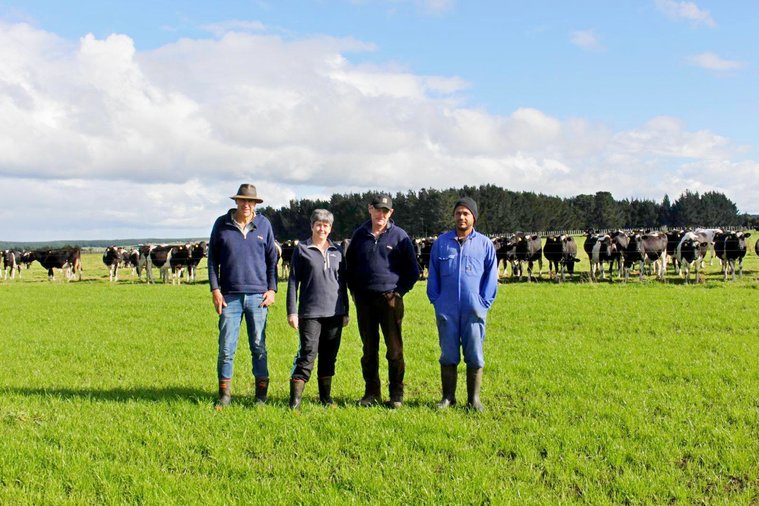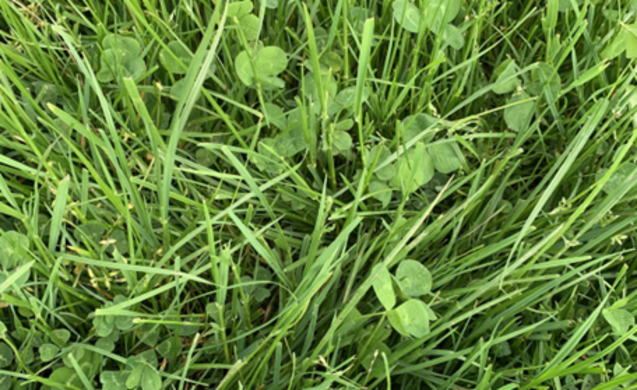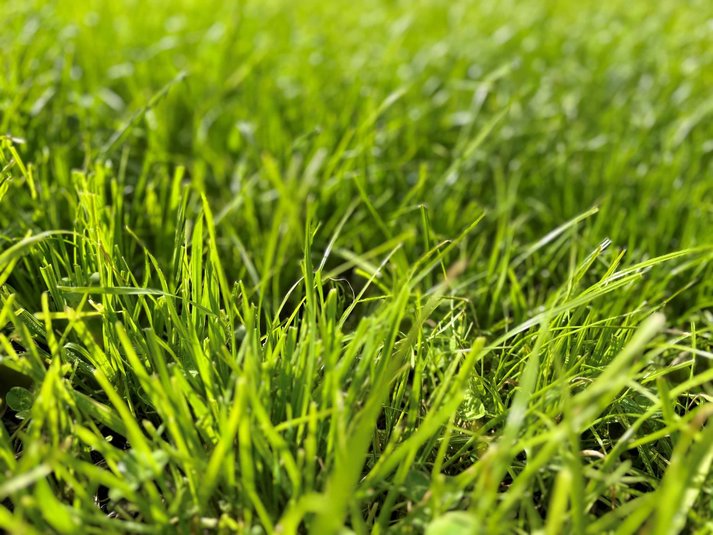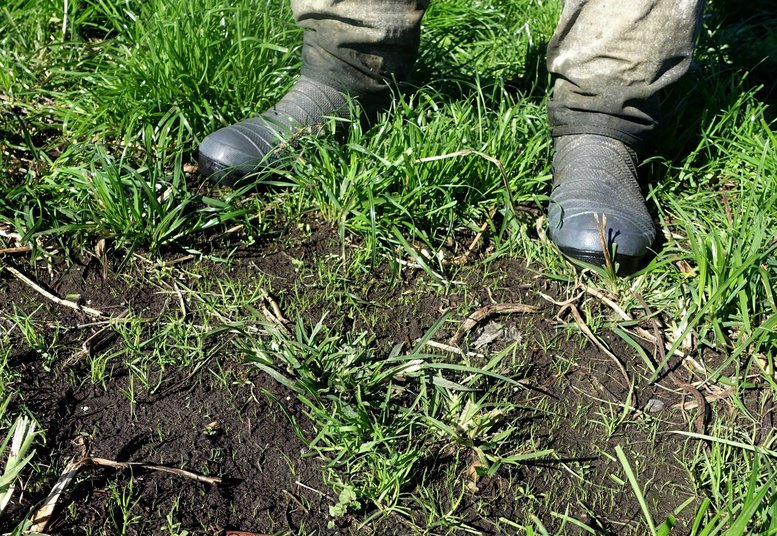In pasture, as in parenting, patience wins
Teenagers. All gas, no brakes, as the saying goes. Pulling on the leash, but not ready to be let loose.
Young animals go through adolescence, too. Fortunately, it doesn’t last as long! Just like teenagers, however, they need lots of patience.
You have another huge mob of teenagers on your farm most years. You probably don’t think of them as such. But if you did, your animals (and your budget) would almost certainly be better off.
Chances are you’d even solve something that frustrates many farmers we speak to. Are you game for a new perspective on adolescence?
%20sm.jpg?height=572&width=765)
Good as new
Welcome to one lower North Island dairy farm where pasture persists so well it’s getting hard to find enough poor-performing paddocks for summer turnips every year.
The owners define ‘persistent’ pasture as perennial ryegrass and white clover that still grows vigorously at eight to 10 years old, with minimal loss of total or seasonal dry matter production compared to newer, younger pastures.
Yes, it’s taken them a while to get to this stage, and they do have good, fertile volcanic ash soils.
But still, eight to 10 years? Stocked at 2.75 Friesians to the hectare, on a grass-dominant System 2, in an area prone to dry summers, and producing 400 kg milksolids per cow, per year? What’s the story?
Part of the answer lies in that teenage phase. Because here, adolescent pasture is given two, three or even four years (not months!) to grow up properly and find its feet.

Kate and Gerard Lynch, centre, flanked by bull farm manager Ross Manson, left, and dairy farm manager Jasraj Singh,
in a newly sown paddock of Array ryegrass and Ruru white clover.
Grass that lasts
Persistent pasture saves time, money, diesel, tractor time, soil structure and disappointment. It’s a huge asset that remains elusive in some cases, and we know it’s important to you.
So, for this Insight, we asked Gerard and Kate Lynch, who farm between Whanganui and Waverley, how they sow, establish and manage new grass and clover to consistently achieve eight to 10 years of good growth.
Gerard and Kate’s 210 effective ha dairy unit is now on its third round of renewal since they converted it 24 years ago.
They keep renewing, not because paddocks keep running out, but to capitalise on new plant genetics, and to grow summer turnips. This is real life, so mistakes still happen. Mostly, however, theirs is a place where all pastures would love to live, if they could.

No room for weeds here. Array and Ruru flourishing on the Lynch’s dairy farm.
Step by step
Gerard and Kate start their renewal process up to two years before any seed is actually sown, using herbicides, cultivation and summer turnips to prepare the cleanest possible seedbed for new pasture. That also gives plenty of time to sort soil fertility and drainage as required.
They’ll go into selected paddocks as early as 12 months before turnips with a California thistle spray if needed, then spray out, plough, sow turnips and spray these again during early crop establishment the following season.
After turnips are grazed off, the ground is lightly tilled.
“The whole exercise is to give us a level, firm, fine seedbed for new pasture, minimise weed competition, and eradicate problem weeds,” Gerard says. “Because it’s all ex-sheep pasture here, we started with a big seedbank of grass weeds which we’re still eliminating.”

Stoloniferous white clover is part of the recipe for success.
Genetic gain
Meantime, they’re equally methodical about picking the right seed and species for their system – diploid perennial ryegrass, including the right endophyte, and stoloniferous white clover.
“Tetraploid, short rotation and annual ryegrass all have their place, and we do use them on our other block, but perennial ryegrass is bred for persistence, as is white clover, and endophyte is part of that too,” Gerard says.
“We believe Barenbrug varieties are proven without doubt to be the best in New Zealand, and the world, so we’ve used them since we started here.”
Seed is always treated, and they roller-drill new grass and clover, using their own machine, to control the timing and get a vigorous, dense sward up and growing as fast as possible while conditions are still warm.

Only two or three years to go! The first grazing is just the start of a long establishment.
Absolute priority
“Once we’ve got it in the ground, it’s all about nurturing those two species and creating a strong symbiotic relationship between them.”
That starts with a carefully-timed first grazing and lasts at least two years, during which time new paddocks ‘become our absolute priority’, he says. They’re not treated as established until they’re three or four years old.
“We don’t let them get too long. We don’t over graze them. If it gets too wet, even though we consolidate the seedbed, they can still be a bit soft, so we don’t stock them up. And we’re careful with them in summer when it’s dry – that’s one reason we grow turnips.”
What about soil nutrients? “We apply 3 tonnes of lime per ha at sowing as routine, give new pasture a capital dressing of 20 units per ha of nitrogen in the first spring, then it goes into our maintenance urea programme.”

Damage is a no-no.
Positive parenting
The care doesn’t stop after this lengthy establishment phase.
Passionate pasture farmers, who share this passion with their young managers, Gerard and Kate protect the dairy platform by wintering off half the herd on their second block, and do their utmost to prevent any other damage during the year.
“It’s a bit like nurturing kids!” Gerard says. “We have made mistakes with our pastures, but if you get the basics right, follow the recipe, and look after them, you usually get a good result.”
Keen to know more? We’re here to help, as always. Just book your free Pasture Health Check today.


